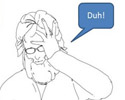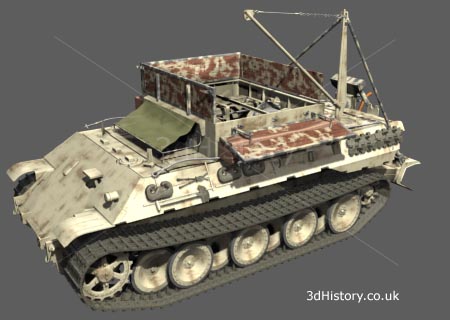The Second World War - D Day - World War Two - War Machines
D-Day
D-Day was the code name for the first day of the allied landings in Normandy and the opening of a Western European Front against the Axis.
Code Named Operation Overlord, the Normandy landings took place on June 6th 1944. It involved over a quarter of a million men in airborne and amphibious assaults on beaches along an 80 km stretch of the Normandy coast. The objective of the landings was to secure a beachhead from which further operations could be conducted, namely the liberation of occupied Europe and the defeat of Nazi Germany.
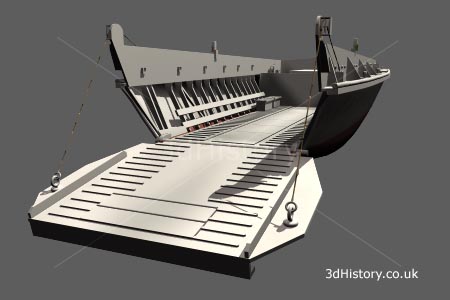
The LCVP was a ramped landing craft used extensively by Allied forces during World War Two. They were also referred to as Higgins boats after the designer Andrew Higgins. A LCVP could carry just over 3.5 tonnes or 36 troops. The forward ramp, shallow draft and flat bottom allowed them to land troops, vehicles and equipment onto a beach, and then reverse off to go and collect another load. Without the capabilities offered by this craft it would have been very difficult to have conducted the D-Day landings so successfully.
| The Jeep was the primary four-wheel light utility vehicle used by the Allies during World War Two. Its basic design and powerful Willys "Go Devil" engine made it a favourite amongst the troops who used it. |
|
Three airborne divisions were landed behind the beaches to secure important objectives. These were either parachuted in or landed by glider.
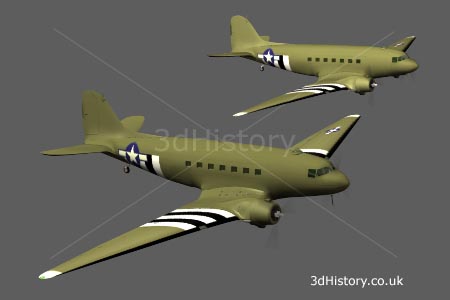
The C47 Dakota was derived from the pre-war DC3 civilian airliner. It could carry just over 2.5 tonnes of cargo or 28 paratroops. Over 10,000 were built for various air forces and it served long after the war. The Dakota was used extensively during and after D-Day to drop paratroops and ferry equipment.
Gliders were towed to a point near the drop zone, usually by a Dakota, and released. They made their final approach to the landing area in a glide. Gliders had the advantage of being quite and many weren't detected as they landed, achieving the element of surprise.
|
|
The Waco CG-4A Hadrian glider was used to land airborne troops and their heavy equipment. The Hadrian could carry 13 troops or up to a quarter of a tonne in equipment such as a Jeep or anti-tank gun. |
The hedgerows of Normandy proved difficult for tanks and was well suited for the German defence.

The M4 Sherman was the main Allied medium tank of the war. It was built for speed, to exploit breakthroughs, rather than for com bat with other tanks. Early versions were fitted with a medium velocity 75 mm gun, later types were fitted with a high-velocity 76 mm gun that was much more capable against other tanks. Specialised variants of the Sherman included: a dozer fitted with a bull dozer blade, a duplex drive for amphibious assault, a flail attachment for clearing minefields and a flame thrower.
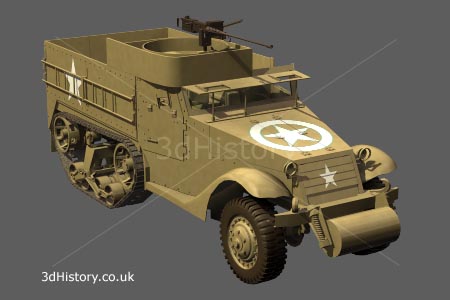
The M3 Half track was used by the Allies as an armoured personnel carrier. It utilised commercial components where possible to reduce cost and production times. Over 40,000 were produced in total There were many variants of the basic vehicle that mounted anti-aircraft guns, howitzers, mortars and anti-tank guns.
The German approach was to build heavier tanks with thicker armour and bigger guns. This in turn required bigger engines and better suspension, resulting in a substantial amount of time and effort to iron out the problems that are almost inevitable with a new design.
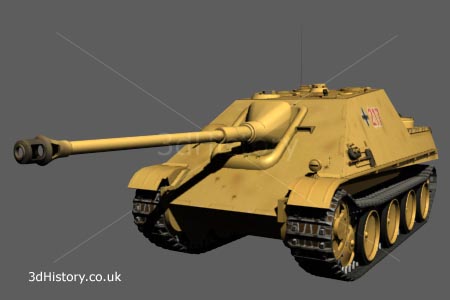
The JagdPanther (Hunting Panther) was introduced during 1944. It was based on the chassis of the Panther and mounted an 8.8 cm Pak 43 anti-tank gun. The hedgerows of Normandy suited the defensive nature of this vehicle. There were a large number of JagdP anther employed during the Battle of the Bulge in the Ardennes at the end of 1944.

The Panzer VI Ausf. B Tiger II (Königstiger, King Tiger or Royal Tiger) was a heavy tank utilising thick sloped armour for protection and an 8.8 cm Pak 43 main gun that could knock out Allied tanks up to 2.5 km away. Fortunately for the Allies not many were produced.
| The Bergepanther was an armoured recovery vehicle based on the Panther chassis. It was intended to facilitate repair or recovery of damaged tanks in the battle zone. |
|
Recovery and repair was an important role. Any losing side had to abandon damaged vehicles. If they could be recovered and moved to the service depots behind the front line they could be repaired and returned to duty.
An important aspect of the European war were the battles in the air. Ground attack aircraft were used to support the ground troops and to attack enemy formations as they moved up to the front line.
Constant attacks by Allied fighter bombers forced the German army to move only at night time.
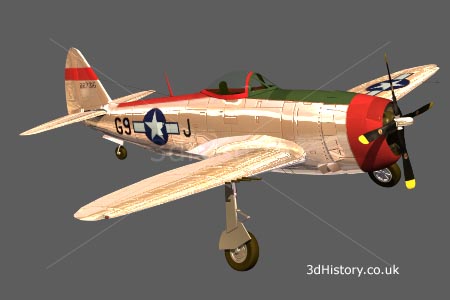
The Republic P-47 Thunderbolt was originally intended to fulfill the air superiority and bomber escort roles. It was found that the big, sturdy aircraft was a natural for ground attack. Armed with eight 12.7 mm (0.5 in) machine guns, 227 kg (500 lb) bombs or 110 mm (4.5 in) rockets it was used to attack enemy armour, trains and other ground targets with devastating effect.

The Hawker Typhoon was intended as an interceptor to replace the Hurricane. Introduced in 1941 it suffered from a lot of teething troubles, including structural failure that led to the loss of the tail in flight. By 1942 the problems had been sorted out, which resulted in a reliable aircraft. When fitted with rockets and bombs the Typhoon proved to be very successful in the ground attack role.
Supplies to German front line troops were regularly destroyed seriously affecting their ability to fight.
The Luftwaffe tried to contest air superiority but didn't have the resources available to do it effectively. Mobile anti-aircraft guns were essential to protect the armoured units on the move. Flak (anti-aircraft) guns were mounted on a variety of vehicles including half tracks, trucks and tanks. On D-Day there were only two German fighters available to challenge the allied landings, both Fw190's.
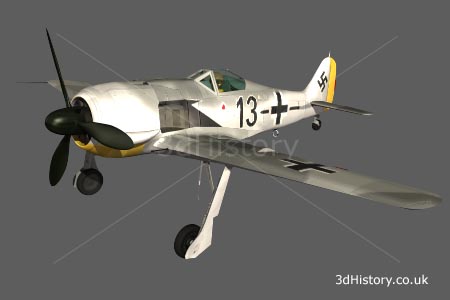
The Focke-Wulf Fw 190 was introduced in mid 1941 and quickly proved itself more than a match for any allied fighter in service at that time. Despite its outstanding performance there were not enough of them to combat the overwhelming numbers of allied aircraft on the western front.
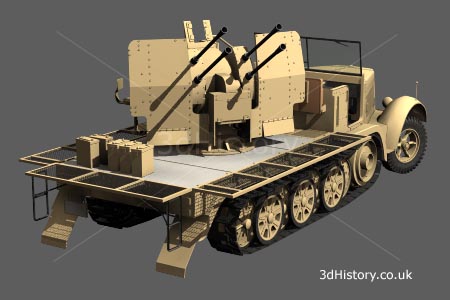
The German SdKfz 7/1 self-propelled anti-aircraft gun mounted a four barrelled 20 mm Flak 38 L/112.5 on a SdKfz 7 half track. It had a crew of 10 and could accompany the German armoured divisions to protect them from attacks by Allied fighter bombers.
Mobile anti-aircraft guns were essential to protect the armoured units on the move. Flak (anti-aircraft) guns were mounted on a variety of vehicles including half tracks, trucks and tanks.
